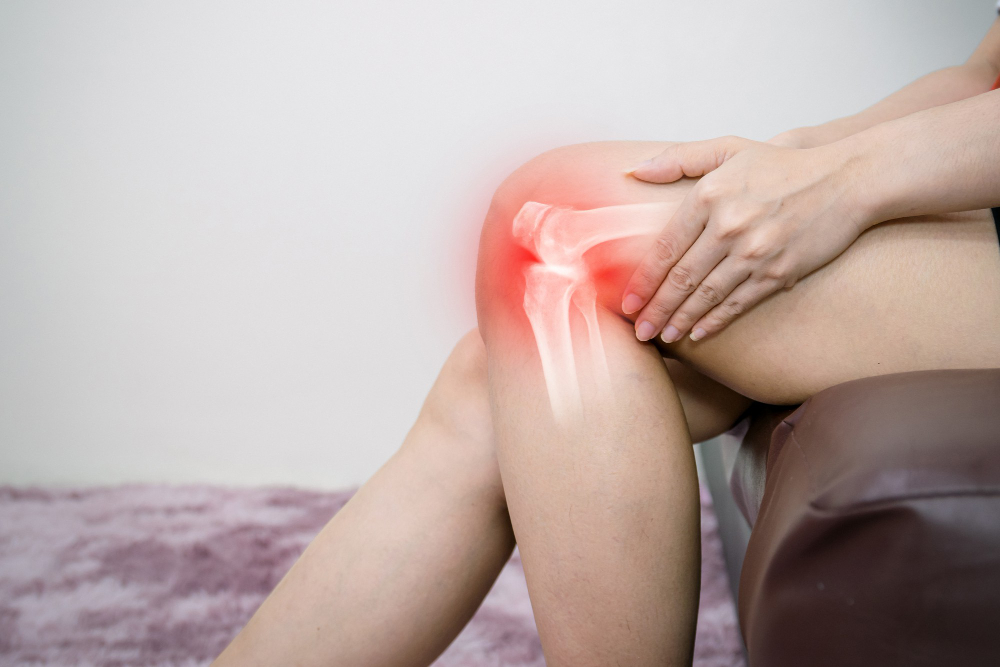Hyperextended Knee Explained

Injuries are a common occurrence in our everyday lives, whether it be at work, home or while playing sports. One common injury that you may have heard of is a hyperextended knee. This type of injury often occurs when the knee is forcefully extended beyond its normal range of motion, leading to damage to the ligaments, tendons, and cartilage. In this blog post, we will dive deep into the world of hyperextended knees, including its causes, symptoms, treatments, and prevention techniques.
Causes of Hyperextended Knee
One of the primary causes of a hyperextended knee is a traumatic injury that can occur during sports, such as football, soccer, basketball, or gymnastics. These sports involve sudden changes in direction or jumping, which may lead to a direct blow to the leg, causing the knee to buckle or twist. Other common causes of hyperextended knee include falls, car accidents, and work-related accidents.
Symptoms of Hyperextended Knee
The symptoms of a hyperextended knee can vary depending on the severity of the injury. Some common symptoms include pain, swelling, stiffness, and instability. In some cases, you may also experience a popping sound at the time of the injury. If you experience any of these symptoms, it is important to seek medical attention right away to prevent further damage to your knee.
Treatments for Hyperextended Knee
The treatment for a hyperextended knee will depend on the severity of the injury. In mild cases, rest, ice, compression, and elevation (RICE therapy) may be enough to relieve the symptoms and promote healing. In more severe cases, your doctor may recommend physical therapy, bracing, or surgery. Surgery is usually reserved for cases where the ligaments or tendons are torn, or there is damage to the cartilage or bones in the knee.
Prevention Techniques
Preventing a hyperextended knee is essential to avoid the potential for long-term pain or damage. One of the best prevention techniques is to maintain strong quadriceps muscles, as this helps stabilize the knee and provide support to the ligaments and tendons. Additionally, make sure to stretch before engaging in any physical activity, wear proper footwear, use proper technique when jumping or changing direction, and never push through an injury.
Conclusion
In conclusion, a hyperextended knee is a common injury that can occur during sports, work, or everyday life. Understanding the causes, symptoms, treatments, and prevention techniques can help you protect your knee and promote healing. If you experience any symptoms of a hyperextended knee, be sure to speak to your doctor right away about treatment options that may be right for you. And if you're looking for an orthopedic surgeon in Altamonte Springs, FL, be sure to contact Central Florida Bone & Joint Institute today.